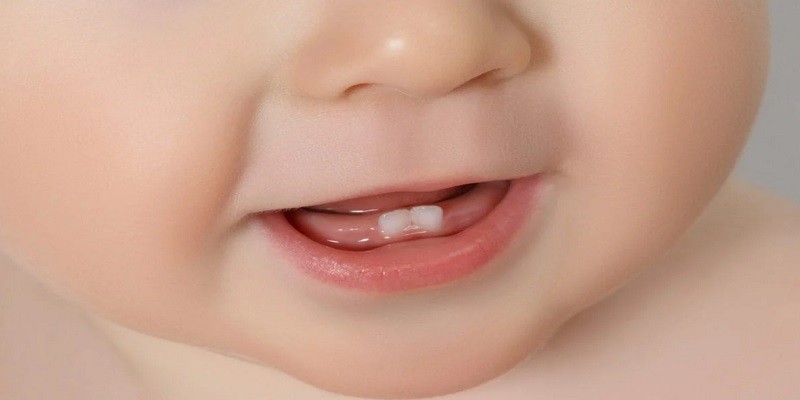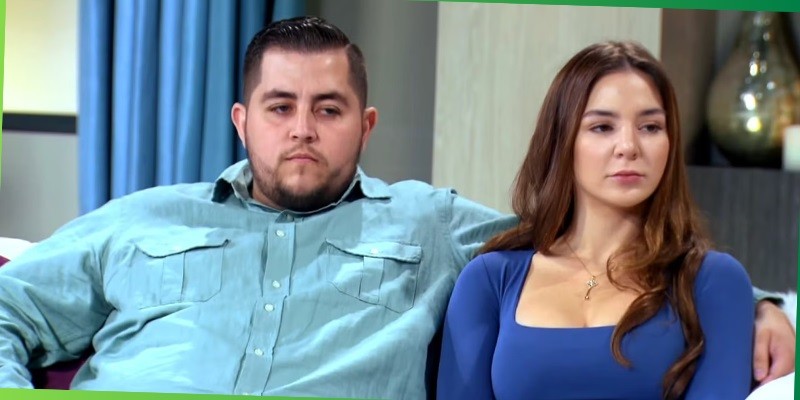Last Updated on May 11, 2022
Caring for your baby’s teeth may seem daunting, but it’s quite simple – and important! Here is a complete guide to everything you need to know about caring for your baby’s teeth, from teething to brushing to flossing.
When Do Babies Start Getting Teeth?
The first tooth usually appears around 6 months, but some babies are born with a tooth or two already present. The rest of the teeth will come in over the next few years – by age 3, most children have 20 primaries (baby) teeth.
How Can I Soothe My Baby’s Teething Pain?
The process of teething can be painful for babies, as their gums are sore and inflamed. There are a few things you can do to help soothe your baby’s discomfort:
• Offer them a cold teething ring or clean, wet washcloth to chew on.
• Massage their gums with your finger.
• Give them over-the-counter pain medication designed for infants, such as acetaminophen or ibuprofen. Always check with your child’s pediatrician before giving them any medication.
For quality baby products and baby essentials, you can visit delilreddot.com.
Should I Brush My Baby’s Teeth?
Yes, it’s important to brush your baby’s teeth as soon as they come in. You can use a soft-bristled toothbrush or a piece of gauze wrapped around your finger. Use water only – there is no need for toothpaste at this age.
How Do I Brush My Baby’s Teeth?
Gently brush all surfaces of the teeth, using circular, back-and-forth, and up-and-down motions. Be sure to brush the tongue as well – this will help remove bacteria and keep your breath fresh.
When Should I Start Flossing My Baby’s Teeth?
You can start flossing your baby’s teeth as soon as they have two teeth that touch each other. Use a soft piece of floss to gently go between the teeth, being careful not to damage the gums.
What Else Can I Do to Keep My Baby’s Teeth Healthy?
In addition to daily brushing and flossing, there are a few other things you can do to keep your baby’s teeth healthy:
• Limit sugary snacks and drinks.
• Avoid putting your baby to bed with a milk bottle or juice – this can cause tooth decay.
• Take them to the dentist for regular checkups and cleanings starting at around age 1.
Things to Consider When Buying Baby Toothbrush
1. Bristles
The bristles on a baby toothbrush need to be soft to not damage the delicate gums. Look for a brush with nylon or polyester bristles.
2. Head size
The head of the toothbrush should be small enough to comfortably fit into your baby’s mouth.
3. Handle
The handle should be easy to hold and maneuver. Some brushes have extended handles that can make it easier to reach the back teeth.
4. Age range
Be sure to choose a toothbrush appropriate for your child’s age and stage of development.
5. Price
Baby toothbrushes are relatively inexpensive, so price shouldn’t be a major consideration.
6. Extra features
Some toothbrushes have extra features, such as suction cups or teething surfaces. These can be helpful, but they are not necessary.
How to Brush Your Baby’s Teeth?
1. Wet the toothbrush and add a pea-sized amount of toothpaste.
2. Hold the brush at a 45-degree angle to the gums and use gentle circular motions.
3. Be sure to brush all surfaces of the teeth, including the backs and tongue.
4. Spit out the toothpaste after brushing. Do not rinse, as this will remove the fluoride from the toothpaste.
5. Repeat on the other side of the mouth.
6. Brush your baby’s teeth at least twice a day or as directed by their dentist.
7. Floss your baby’s teeth once a day.
8. Take your baby to the dentist for regular checkups and cleanings.
Conclusion
Caring for your baby’s teeth may seem like a lot of work, but it’s important to start them on a lifetime of good oral health habits. Then, with a little patience and practice, you’ll be a pro!







